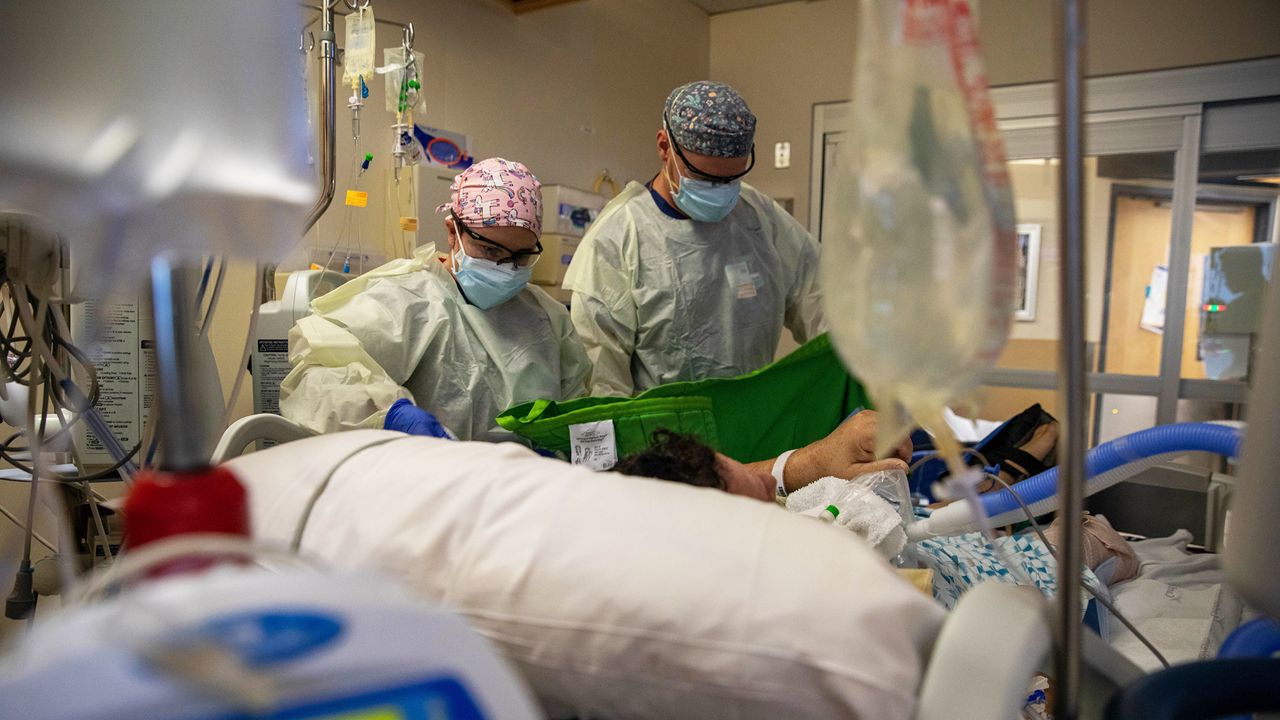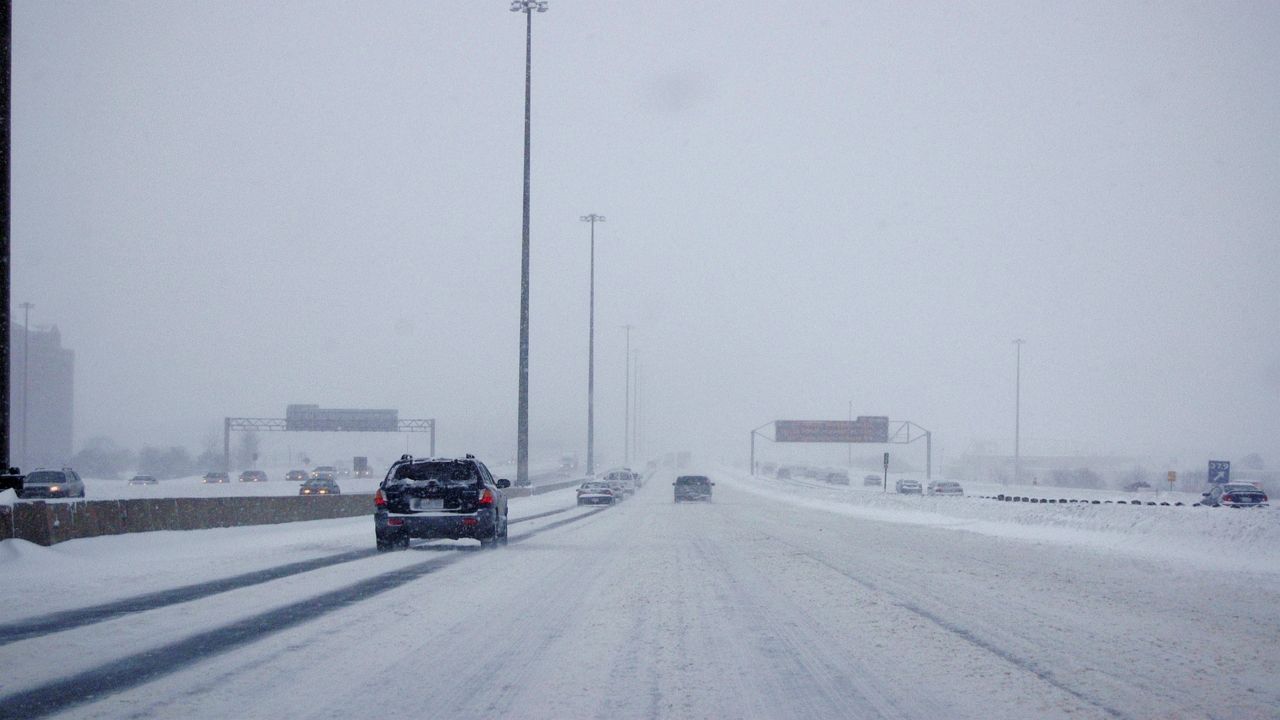COLUMBUS, Ohio — COVID-19 hospitalizations in Ohio climbed to the highest level since January on Tuesday, surpassing the most recent peak in September.
What You Need To Know
- COVID-19 numbers in Ohio have worsened significantly in November
- Hospitalizations are at the highest level since the surge last winter
- Health care services will be impacted if the trends continue, officials said
More than 3,800 patients were hospitalized with COVID-19 Tuesday, a 75% increase since Nov. 6. Officials have described the latest surge as a second round of the virus wave that began in the summer.
Hospitals are reporting high occupancy levels and intensive care unit utilization, with about a sixth of all hospitalized patients in the state being treated for COVID-19, according to the Ohio Hospital Association.
“Ohio hospitals continue to manage high levels of hospitalizations related to COVID-19 requiring inpatient and intensive care services,” Ohio Hospital Association spokesperson John Palmer said. “If hospitalizations continue to grow, we will see health care services impacted.”
Ohio’s 58% vaccination rate, which ranks 42nd among U.S. states, leaves many residents vulnerable. The “vast majority” of hospitalized patients in Ohio have not been vaccinated, Palmer said.
Officials are concerned that cases and hospitalizations could remain at severe levels into the new year with transmission risks high due to residents congregating indoors.
“This pandemic has a mind of its own, and no one can predict exactly what is coming next,” Gov. Mike DeWine said at an event Monday. “The colder months, when people are inside, inherently create a more difficult problem.”
Seven-day average COVID-19 cases in Ohio were at 5,176 as of the latest update, a figure that has dipped slightly in the last week. It’s not clear if the spread of the virus is slowing down because the Thanksgiving holiday caused testing numbers to drop.
Increases in COVID-19 cases and hospitalizations have been particularly intense in northeast Ohio. Summit and Cuyahoga counties are reporting the highest case rates of the six most populous counties in Ohio.
The two northeast Ohio hospital regions have reported the largest increases in patients in the last three weeks of the eight regions in the state.
Some hospitals in northeast Ohio have up to 30 patients boarding in the emergency room waiting for rooms to be assigned, according to Beth Gatlin, spokesperson for the Center for Health Affairs, an association representing 36 northeast Ohio hospitals.
“The hospitals are looking at ways to free up more staff so they can have more ICU beds available,” Gatlin said.
Travel and gatherings for Thanksgiving and college breaks could be contributing to the surge, she said, also noting that many school districts have stopped requiring masks this fall.
“We are seeing some kids bringing home the virus to family members,” Gatlin said.
DeWine said Monday that state officials are closely monitoring the new omicron variant, which has quickly spread to at least 20 countries, but has not been detected in the U.S.
The governor said he is concerned that the variant appears highly contagious, adding that it will be critical to see initial data about the efficacy of vaccines against the variant.
“We're preparing to deal with it like everyone is. Frankly, we're waiting for additional information,” he said.
DeWine encouraged all eligible residents to get booster shots, and he said the state will continue to push other tried and true measures for mitigating the spread.
The Ohio Hospital Association said masking and social distancing are crucial precautions with hospitals facing significant strain from the virus.
“The race against this deadly virus is intensifying as a new variant comes into play,” Palmer said. “We need to take advantage of the important opportunities we have today to protect ourselves including getting the vaccine and booster, wearing masks, washing hands and social distancing.”



